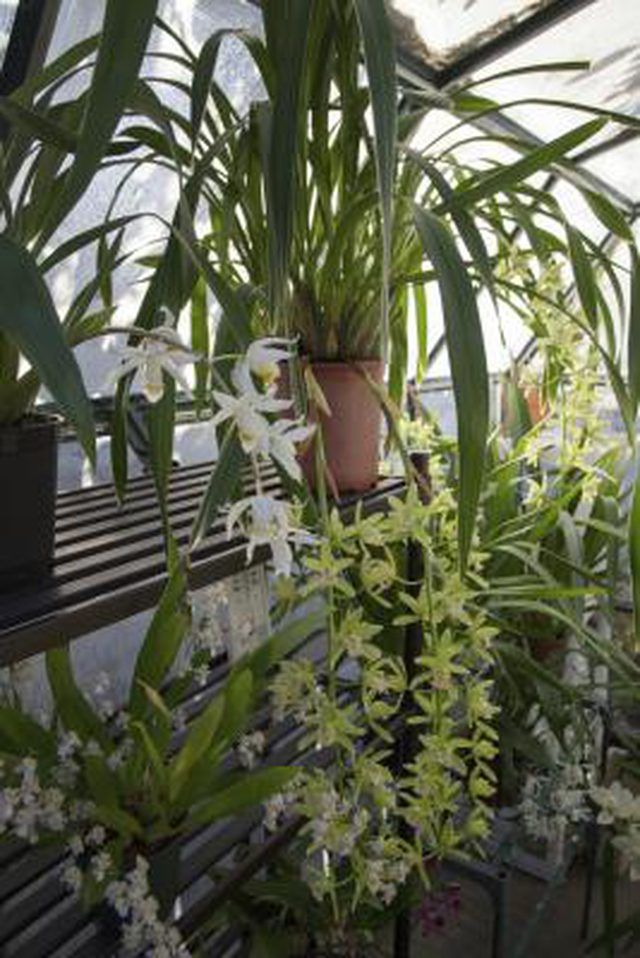Bulbs
Flower Basics
Flower Beds & Specialty Gardens
Flower Garden
Garden Furniture
Garden Gnomes
Garden Seeds
Garden Sheds
Garden Statues
Garden Tools & Supplies
Gardening Basics
Green & Organic
Groundcovers & Vines
Growing Annuals
Growing Basil
Growing Beans
Growing Berries
Growing Blueberries
Growing Cactus
Growing Corn
Growing Cotton
Growing Edibles
Growing Flowers
Growing Garlic
Growing Grapes
Growing Grass
Growing Herbs
Growing Jasmine
Growing Mint
Growing Mushrooms
Orchids
Growing Peanuts
Growing Perennials
Growing Plants
Growing Rosemary
Growing Roses
Growing Strawberries
Growing Sunflowers
Growing Thyme
Growing Tomatoes
Growing Tulips
Growing Vegetables
Herb Basics
Herb Garden
Indoor Growing
Landscaping Basics
Landscaping Patios
Landscaping Plants
Landscaping Shrubs
Landscaping Trees
Landscaping Walks & Pathways
Lawn Basics
Lawn Maintenance
Lawn Mowers
Lawn Ornaments
Lawn Planting
Lawn Tools
Outdoor Growing
Overall Landscape Planning
Pests, Weeds & Problems
Plant Basics
Rock Garden
Rose Garden
Shrubs
Soil
Specialty Gardens
Trees
Vegetable Garden
Yard Maintenance
How to Build an Indoor Grow Room
How to Build an Indoor Grow Room. If you can garden outdoors year-round or have a conservatory on the sunny side of the house, a grow room might not seem to have much benefit. Many individual plants survive in the constant warmth, low humidity and low light levels of a building's interior, but rooms that house many plants must have nocturnal...

If you can garden outdoors year-round or have a conservatory on the sunny side of the house, a grow room might not seem to have much benefit. Many individual plants survive in the constant warmth, low humidity and low light levels of a building's interior, but rooms that house many plants must have nocturnal temperatures 10 degrees Fahrenheit or more below daytime temperatures and higher levels of humidity and light to thrive.
Bringing the Outdoors In
Porous wall board and wood trim are interior materials -- and you must protect them against the exterior elements you'll be duplicating indoors. Before painting walls and woodwork with a semi-gloss, mildew-resistant, antimicrobial paint, clean them well with a solution of 1 cup bleach per gallon of water to clean and kill any stray mildew spores. Some paints recommend sanding the surface before application. Caulk any gaps between woodwork and adjoining surfaces and re-tape corners where necessary before painting. Remove all carpeting -- it makes a great home for mold. You'll also need a programmable thermostat for this room to provide nocturnal temperatures 10 degrees Fahrenheit or more below daytime temperatures.
Construction Notes
Use materials for your grow room you'd consider for an outdoor deck. Install composite wood, vinyl flooring or mold and mildew resistant indoor-outdoor carpeting with a waterproof adhesive. Build growing racks with plenty of space between shelves so you can hang the supplemental light bars on chains and raise them as plants grow taller. Check the strength of your floor's under-structure -- or ask a housing inspector to give you an opinion. If it's strong enough to support a water bed, it can probably support containers full of moist soil.
Light of Day
Your plants will have varying light requirements, so a light meter is basic equipment. Low-light plants can survive with as little as 50 foot-candles of light, but light-guzzlers, including many flowering plants, demand at least 1,000 foot-candles. Although windows do admit light, glass -- particularly dirty or energy-efficient glass -- can decrease daylight from 30 to 70 percent. A mixture of cool and warm fluorescent bulbs hung 6 to 12 inches from the growing tips of plants will serve as daylight. Reflectors built into plant stands, light-colored walls and other reflective surfaces help maximize light levels. Plants that also receive daylight thrive with 12 to 14 hours of supplemental light. Plants in rooms without windows might require up to 18 hours of supplemental light. Run supplemental light during daylight hours -- all plants need nocturnal periods to complete their respiratory cycles and daylight period changes often cue growth and flowering.
Foggy, Foggy Dew
Plants use water and carbohydrates generated by photosynthesis to convert nutrients into living tissue, so humidity is an essential element of the grow room. Some homes with central heat experience humidity as low as 10 percent relative humidity in winter -- enough to desiccate the leaves of all but the toughest cactus. Add a humidifier and pebble-filled trays filled with water to elevate moisture levels. High humidity can encourage mold and plant diseases, though, so ventilate your grow room with an exhaust fan and add a dehumidifier if relative humidity levels rise beyond 50 percent.